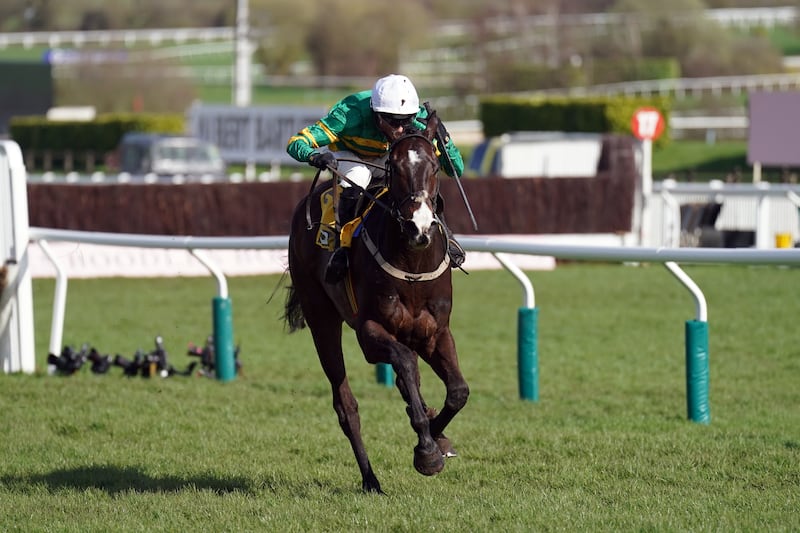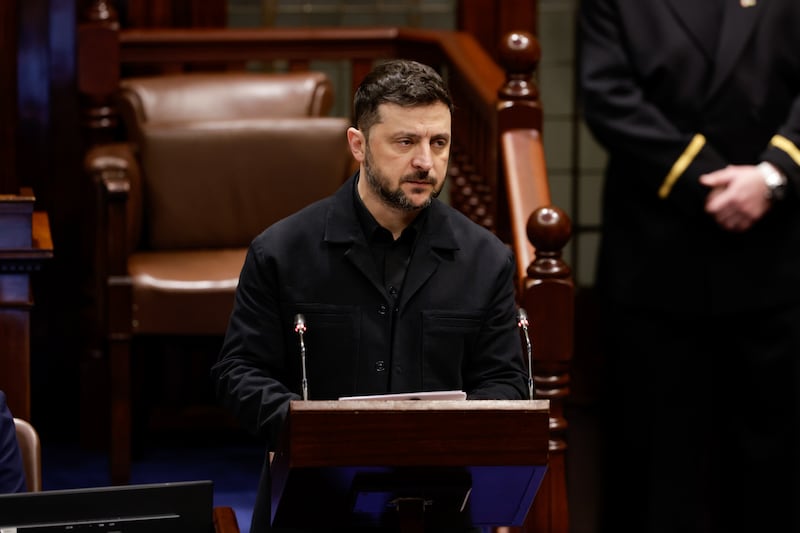Suzanne Vega isn’t one for regrets. But she does think back to the year she spent recording an album with a soon-to-be ex-boyfriend and winces slightly.
“There was a lot of pressure,” the voice of the 1980s folk explosion recalls between sips of tea. “Rather than get an experienced producer, my manager said, ‘oh why don’t you produce it yourself – with your boyfriend’. We split up almost immediately afterwards. Everyone was so angry and upset that we only sold a million records.”
This was her third LP, 1990’s Days of Open Hand. As she says, it sold respectably (the ex, Anton Sanko, went on to become a successful horror movie composer). But it was not a blockbuster on the level of its predecessor, 1987’s Solitude Standing, which contained Vega’s two biggest hits in Luka and Tom’s Diner.
And so ended the superstar phase of her career. In the living room of the Upper West Side apartment that Vega (61) shares with her second husband, trial lawyer and former street poet Paul Mills, she speaks of her exit from the world of celebrity with relief more than sadness.
“Fame is the handsome neighbour across the hall,” she says. “You know him. He’s nice. You say hello. That’s great. You don’t call him in the middle of the night when you’re in trouble. It’s not something you can rely on. It isn’t something you can have a constant relationship with. It’s best to imagine he won’t be there for you if you need him.”
In 1987, Vega was among the coolest individuals on the planet. Her songs crackled with iciness and insouciance even as the lyrics wrestled demons. She radiated a deadpan, “I’m over it already” nonchalance. That forcefield never wavered, even as Solitude Standing shifted seven million copies and she became feted as the voice of a sensitive new generation.
“It was very gratifying to have success,” she says. “And it was success, on every level. We all made money. We all had our names in the paper. It was just unqualified. That also brings with it a lot of criticism.”
The attacks on her were quite barbed. In a November 1987 ITV South Bank Show documentary about Vega, for instance, radio presenter Paul Gambaccini claimed her writing suffered a paucity of feeling.

“The one problem I have with Suzanne Vega is that I’m not really moved by her in the end,” Gambaccini had said. “Joni Mitchell, to mention the person with whom she is fallaciously compared… could move you over something that was not very tragic. Suzanne writes almost in an intellectual manner. The emotion is lacking.”
It was the sort of critique that tended, at that time, to be directed at female artists. Nobody upbraided their male counterparts for not pouring in enough blood and sweat.
“The higher up you go the more criticism you get,” says Vega. “So there is that.”
Luka was, of course, about child abuse (“If you hear something late at night/ Some kind of trouble, some kind of fight/ Just don’t ask me what it was”). Vega was proud to have raised awareness about the issue. In 1987, domestic violence was largely brushed under the rug. She did experience a twinge of guilt, though, for borrowing the name of a neighbourhood kid she had befriended.
'I love touring... It's really how I've spent so much of… well, since I was 24 or 25 years old'
“The only thing that made me feel conflicted was the fact I had used an actual boy’s name,” she says. “He was not an abused child. His name was Luka. I felt, ‘oh well – if I had known it was going to be a hit I would not have used his name’. Then again, I cannot imagine the song with someone else’s name.”
Luka features on Vega’s new album, An Evening of New York Songs and Stories. The live collection was recorded at Café Carlyle, a 90-capacity jazz club at the Carlyle Hotel just off Central Park (and not far from Vega’s home) early in 2019. At the time, the concert struck her as not an especially big deal. Eighteen months on, An Evening of New York Songs makes for a haunting listen – when Vega sings but especially as she falls silent and crowd strikes up with a roar of applause. Remember crowds? Remember applause?
“I love touring,” she says. “It’s really how I’ve spent so much of… well, since I was 24 or 25 years old. I do it every year. And I really miss it. But I’ve been home since the middle of March. I’m just starting to feel – ‘oh maybe, I could get used to this’.”

Vega is a folk musician but with a New York edge. Though of course influenced by Bob Dylan, she was also steeped in the minimalism of Philip Glass and Steve Reich, and in the avant-gardism of downtown groups such as the Velvet Underground.
'The many different faces of Lou Reed. I didn't take any of it personally'
Her artistic boundaries were remade from the ground up, she says, when she was 19 and a date took her to see Lou Reed. She had no idea music could be so daring, so awkward, so utterly of itself. Little did she suspect she and Reed would become friends in the years before his death in October 2013. She pays tribute to him on the new LP with a plaintive cover of Walk on the Wild Side.
“In the last five years of his life we became great buddies,” she says of Reed. “I’d drop over to his house for lunch. We had some great chats. I got to know him in a different way. He was always an artistic godfather.”
Reed was known for not suffering fools. Did Vega see a gentler side to him? “I saw all the sides,” she smiles. “The many different faces of Lou Reed. I didn’t take any of it personally.
“If he was in a bad mood or if he decided on that particular day that he didn’t know me and wasn’t going to make eye contact… fine. I never pushed myself on him. At the same time he sent me lovely text messages which I still have. ‘When are you coming over?’ That sort of thing. I miss him.”
She met another artistic soul-mate in Gerry Leonard, the Dublin-born guitarist who has been her musical director for more than a decade. Leonard, from Clontarf, had a long association with David Bowie and thus an insight into Vega’s dynamic with Reed. It was something over which they bonded.
“I had my friendship with Lou Reed, he had his friendship with David Bowie,” she says, “we were always huddling and catching up.”
‘I was serious’
Vega and Leonard collaborated for the first time shortly after 9/11, when she broke her arm a fortnight before she was due to go on tour.
“Gerry came up to me one day and said, ‘I can play your guitar parts the way you play them’. “And I said, ‘that’s nice.’ Then I broke my arm. I was like, ‘I can’t play guitar’. So I remembered what Gerry said. I called him up: ‘we’re going on tour in two weeks – can you play all my guitar parts?’. It’s a very dynamic relationship. We’re always challenging each other.”
Vega grew up in Spanish Harlem in a largely Puerto Rican neighbourhood. She was still a teenager when she launched herself upon the New York folk scene. At the time, the New York folk scene wasn’t terribly impressed.
'I was 20 and most of the people hanging out there were guys about 15 years older than me'
“I was 16 when I started coming to the Village,” she says. “But I was not successful then. I was turned down at [legendary folk club] the Bitter End for years. I never got a show at the Bitter End. I would come down, do the auditions, get turned down… go home.”
Everything changed when, at age 20, she discovered Gerde’s Folk City in the East Village. It was more welcoming than the Bitter End and less beholden to the past. Not that it lacked for pedigree. In the 1960s Folk City had hosted The Weavers, Judy Collins and Simon and Garfunkel. It was also where Bob Dylan met Joan Baez. Jimi Hendrix and Janis Joplin were regulars. Emmylou Harris waited tables.
By the time Vega arrived, Sonic Youth and Yo La Tengo had turned the venue into a slacker fiefdom. For Vega, it was a supportive community, albeit an overwhelmingly male one. (Gerde’s shuttered in 1987, replaced by a sports bar.)
“I had a lot of songs by then,” she says. “I had worked hard at it. I had about 100 [compositions] by the time I got to Folk City. My star began to rise, so to speak.”
Was there much sexism? “There are many ways to look at the situation. I was 20 and most of the people hanging out there were guys about 15 years older than me. So I was bit of a novelty I guess. But that was kind of nice in its way. People were very interested. I fell in love with a couple of older songwriters once or twice, as you do.
“I wouldn’t say it was sexist,” Vega continues after a pause. “From my songwriting, it was clear that I was serious. I’d worked on it. I’d listened to Bob Dylan. I’d listened to Leonard Cohen. No one was going to say I wasn’t any good.”
An Evening of New York Songs and Stories is released on September 11




















